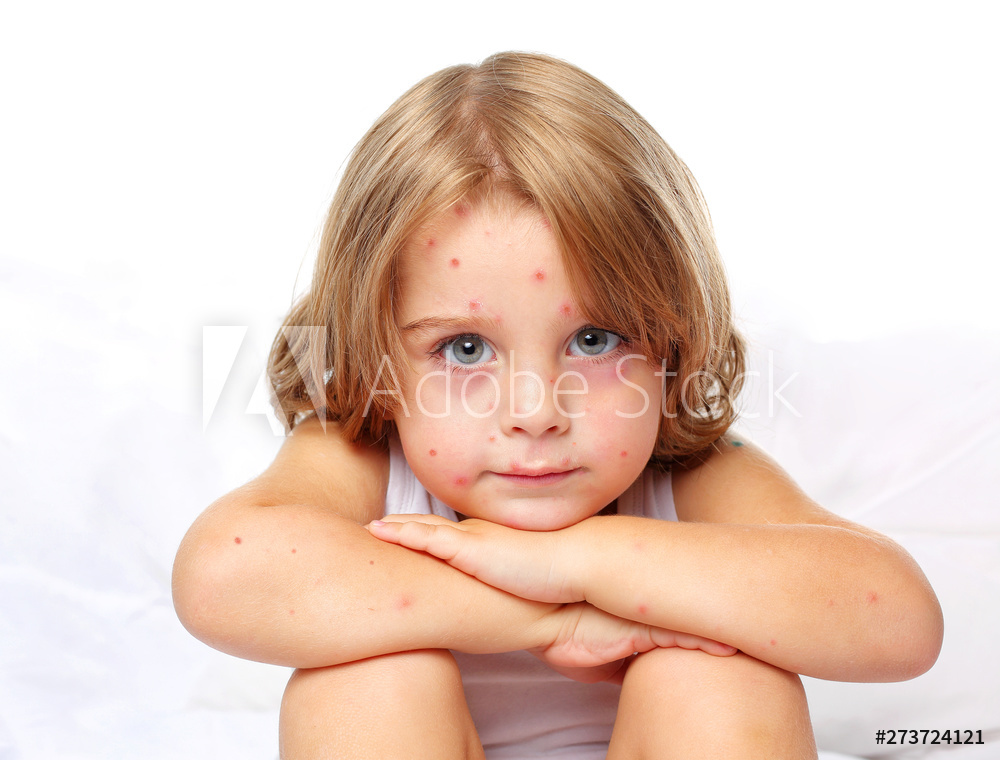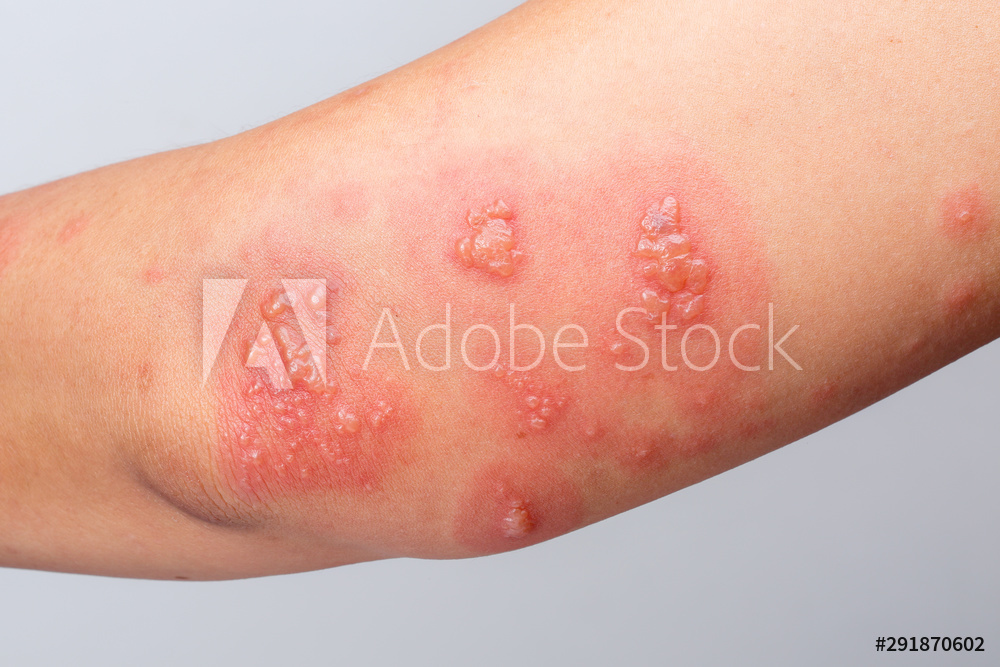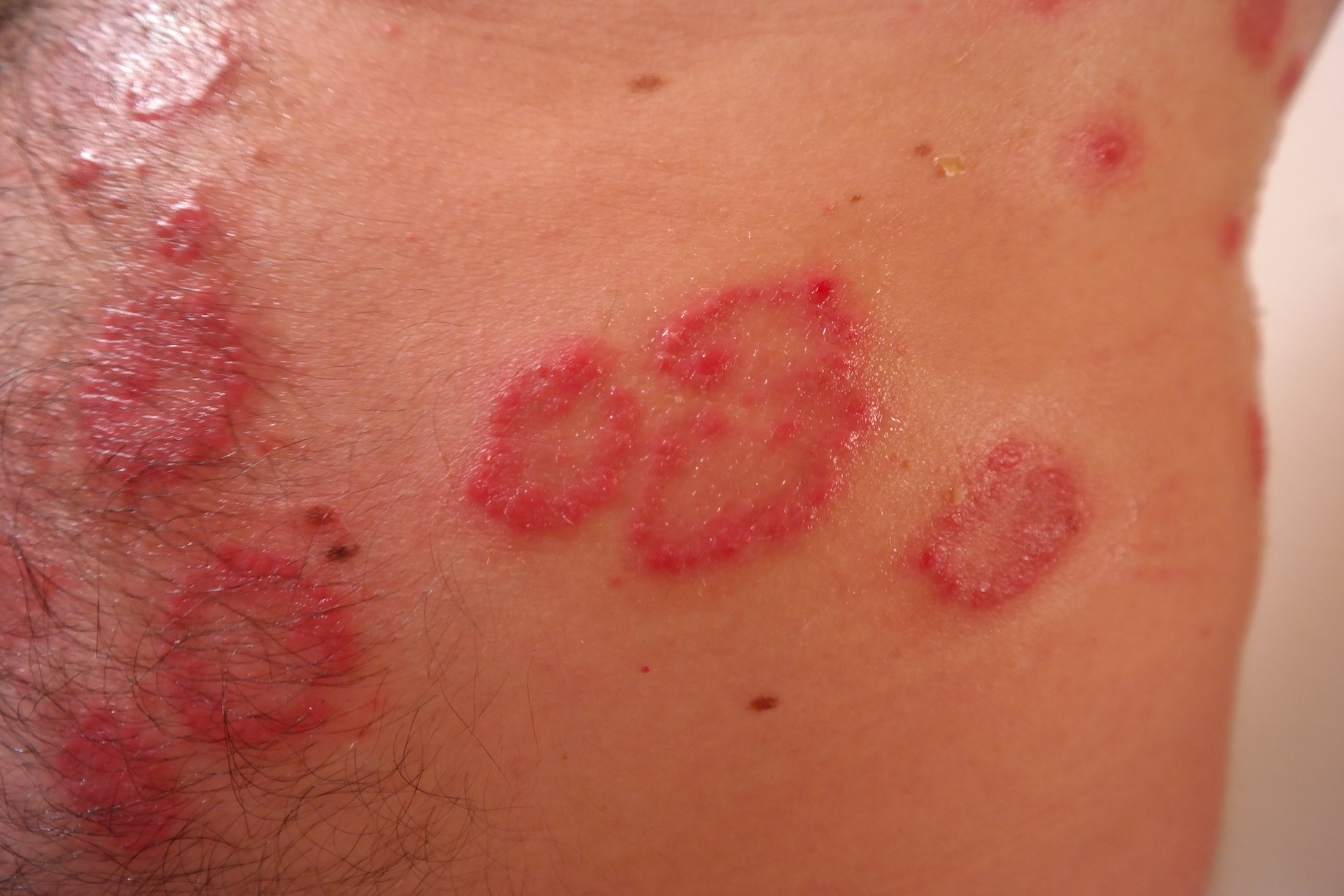The 54th chapter of Madhava Nidana is Masurika Nidanam which deals with Diagnosis of the different types of Pox. Pox disease, any of a complex of viral diseases in humans, marked chiefly by eruptions of the Pox diseases occur worldwide and are caused by viruses in multiple different genera; examples include Avipoxvirus, Leporipoxvirus, Orthopoxvirus, and Parapoxvirus.skin and mucous membranes.
Chapter 53 – Visphota Nidanam
The 53rd chapter of Madhava Nidana is Visphota Nidanam which deals with Blisters or cold sore. A cold sore is a group of tiny, painful blisters caused by the herpes simplex virus (HSV). They’re also called fever blisters or herpes simplex labialis.

Chapter 52 – Visarpa Nidanam
The 52nd Chapter of Madhava Nidana is Visarpa Nidanam which deals with Erysipelas is a bacterial skin infection involving the upper dermis that characteristically extends into the superficial cutaneous lymphatics. It is a tender, intensely erythematous, indurated plaque with a sharply demarcated border. Its well-defined margin can help differentiate it from other skin infections Erysipelas.
Chapter 44 – Bhagna Nidanam
The 44th chapter of Madhava Nidana is Bhagna Nidanam which deals with Fractures of Bones. A bone fracture is a break in the continuity of a bone. A significant percentage of bone fractures occur because of high force impact or stress. By contrast, a compound fracture is one that damages surrounding tissue and penetrates the skin
Chapter 50 – Shitapitta, Udarda, Kotha Nidanam
The 50th chapter of Madhava Nidana is Shitapitta, Udarda, Kotha nidanam which deals with Skin rashes, Erythema, Allergy and the like. A rash is any area of irritated or swollen skin on your body. Rashes are often itchy and painful and can appear differently on different skin tones. While they are often described as red, on darker skin tones they may be purple, gray, or white.
Chapter 49 – Kushta Nidanam
The 49th chapter of Madhava Nidana is Kushta Nidana which deals with Leprosy and other diseases of the skin. Hansen’s disease (also known as leprosy) is an infection caused by slow-growing bacteria called Mycobacterium leprae. It can affect the nerves, skin, eyes, and lining of the nose (nasal mucosa). With early diagnosis and treatment, the disease can be cured. People with Hansen’s disease can continue to work and lead an active life during and after treatment.





